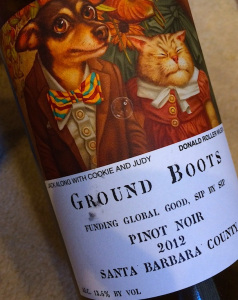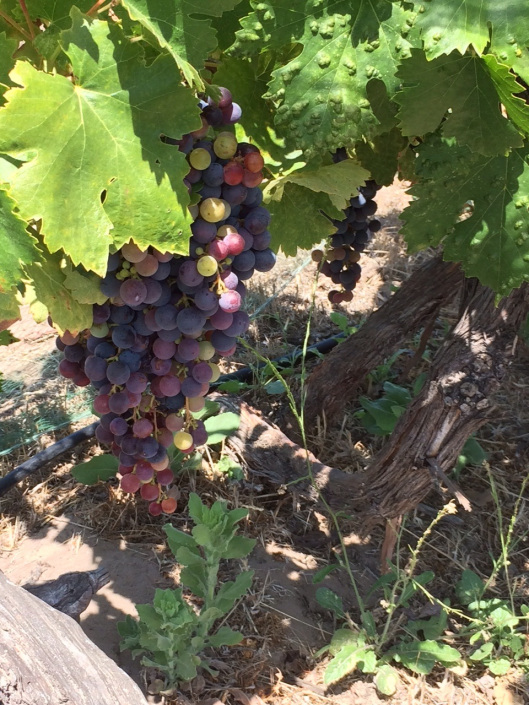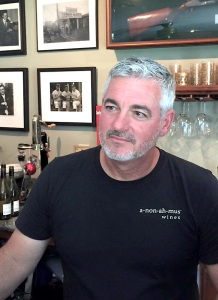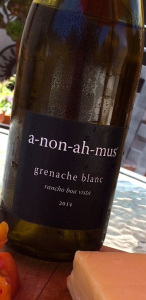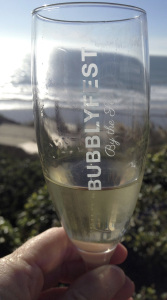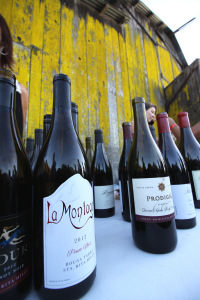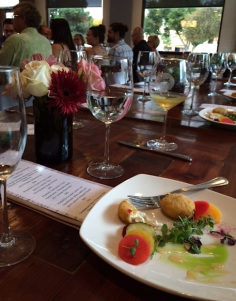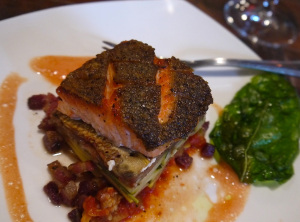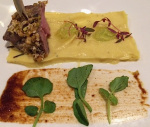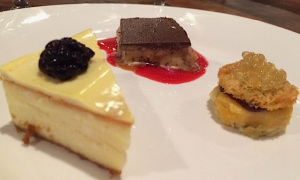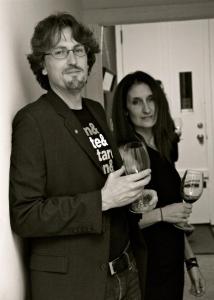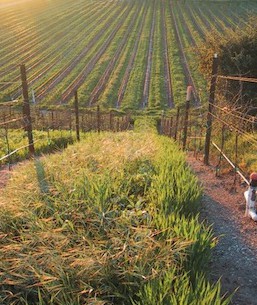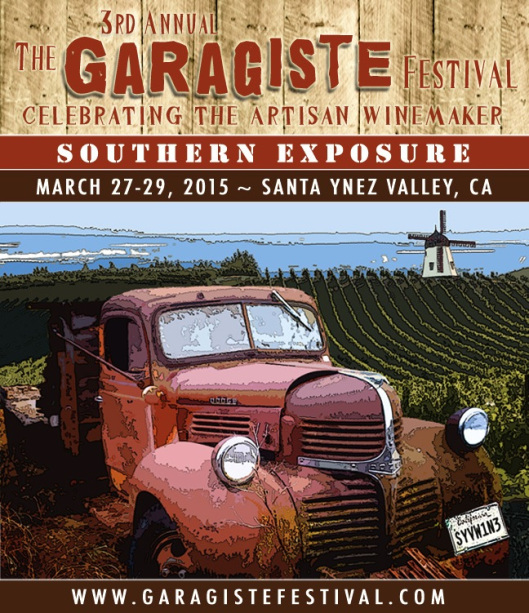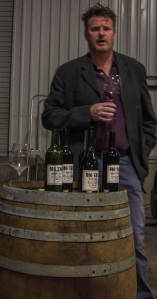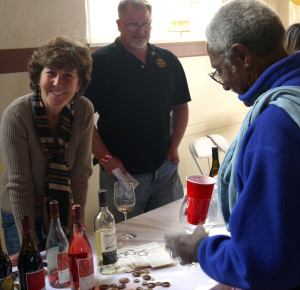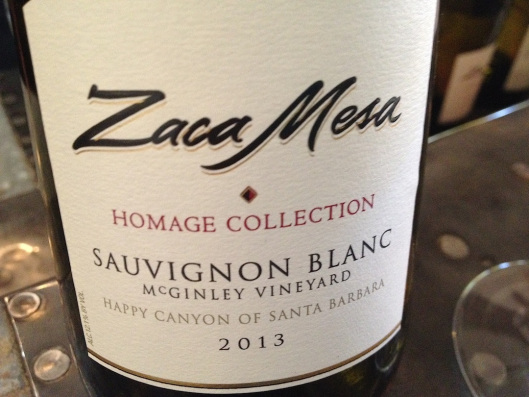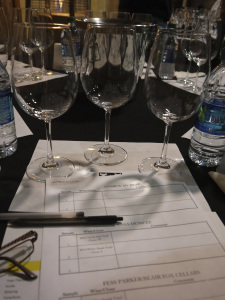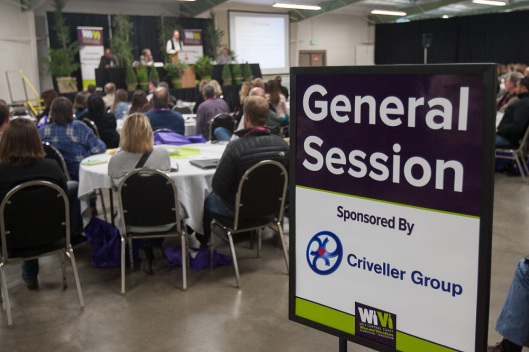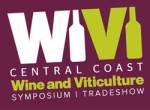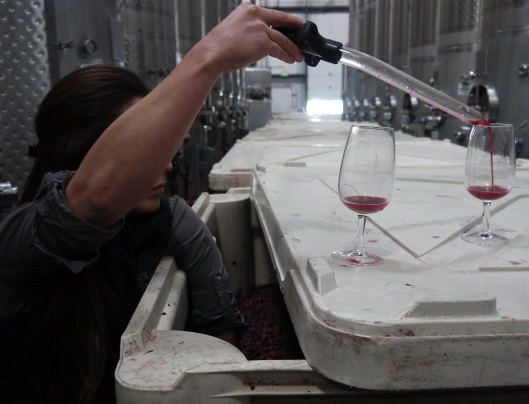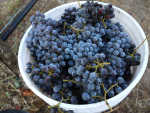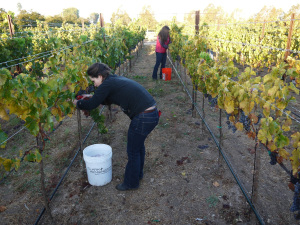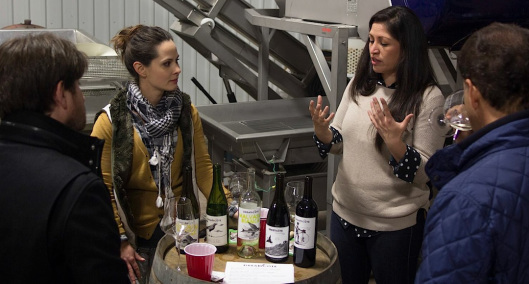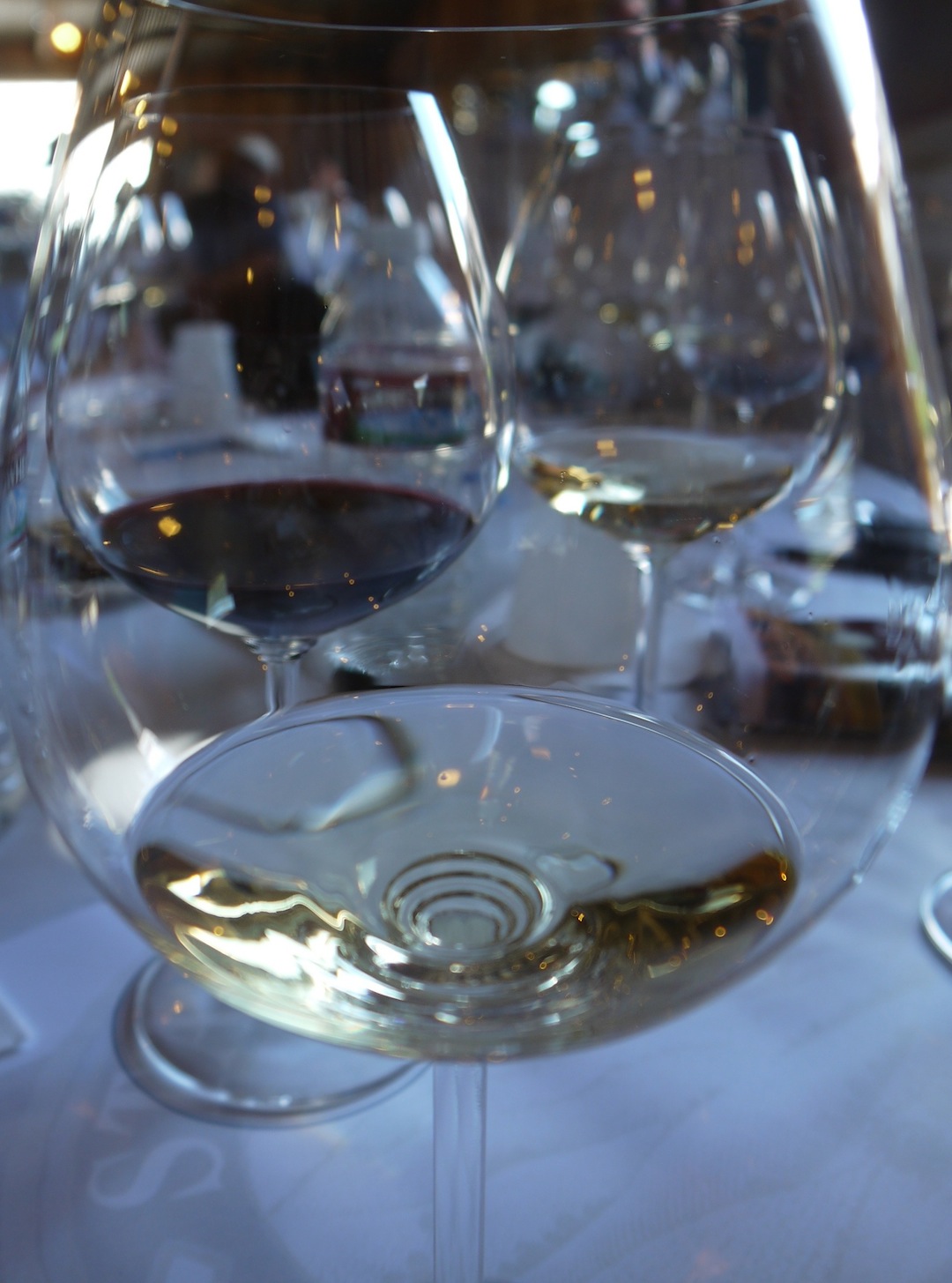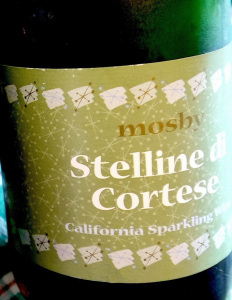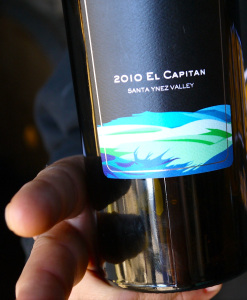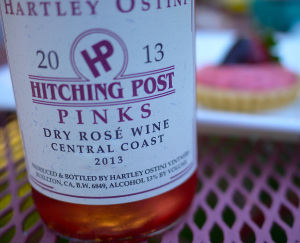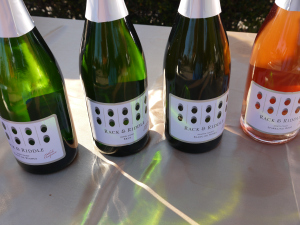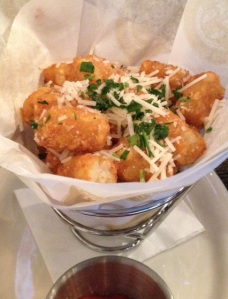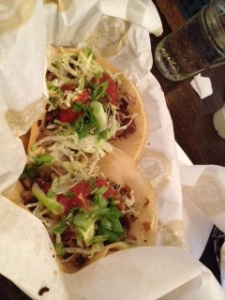Facebook is full of sad stories about humanity and homeless animals, so when Deborah Hall of Gypsy Canyon Wines first read about Thailand-based Soi Dog’s plea for funds to help it rehome abused dogs and cats, she was skeptical.
At first, “I didn’t trust the legitimacy of the organization,” she said.
But Hall spent time researching the nonprofit organization, headquartered in Phuket, and was so moved by its efforts to save animals destined for the meat industry that she and friend traveled to Phuket for two weeks last year to lend a hand and learn more.
While in Thailand, “we toured the worst shelter in the world — in Bangkok,” Hall explained. Dogs and cats were packed like sardines into cages that hung from the ceiling, their feces and urine covering the floor in a fetid mess that one needed heavy boots to navigate.
And so was hatched Hall’s own effort to save Thailand’s animals, one dog or cat at a time.
“I named it ‘Ground Boots’ because we needed boots to walk in the filth,” she recalled. Her inspiration: “You put on a pair of boots and get to work. And make a difference.”
Ground Boots’ mission statement is clear: “Drink great wine, change the world.”
Working with Soi Dog in Phuket last year, Hall encountered a young male dog that had been rescued from the streets. He had suffered broken bones nearly too numerous to count, including his left hip, both legs and his pelvis. His right rear leg, shattered beyond repair, had to be amputated at the hip.
Hall named him Ting, and when she returned to her Sta. Rita Hills home, so did Ting.
To call Ting her daily inspiration would be underestimating Hall, for she exudes passion and a calm, fearless determination to help. “I wanted to do something from home,” and to make a difference, “you always start in your own backyard,” Hall told me.
In her backyard, Ting has blossomed into a outgoing pooch and plays with Hall's three other dogs, two of which sat on either side of me on Hall's couch during our interview.
Throughout this month, Hall and Ground Boots have a campaign via the “food” link on https://www.indiegogo.com/projects/drink-great-wine-change-the-world#/story
In 17 days, 60 people have helped raise more than $10,000, according to the web page this morning. The goal is $25,000.
The featured wine is a 2012 Santa Barbara County pinot noir bottled by Hall specifically for Ground Boots. Its label features whimsical artwork of a dog and cat, entitled “Jack along with Cookie and Judy,” donated to the effort by artist Donald Roller Wilson, Hall said.
Wilson’s offer of the use of his art was a lesson for Hall in the graciousness of humankind, she recounted: “You don’t know unless you ask.” And asking Wilson “was a shot in the dark.”
Hall will donate 100 percent of the profits beyond her costs, which include the wine itself, the printing of the labels, the bottles and corks, she said.
The funds from the sale of one bottle ($70) will fund a spay/neuter session, vaccinations and medicine for three dogs or cats rescued by Soi Dog.
One case of wine will pay for an undercover effort by Soi Dog to bust and arrest those who traffic dogs for the meat industry, Hall said.
The purchase of five cases will make an ever bigger dent: “That money will sponsor a week-long effort by Soi Dog to hold a spay/neuter clinic within a village, and cover the costs of two veterinarians, two nurses and two dogcatchers,” Hall explained, adding that such clinics are typically held within a temple.
She plans to return to Phuket and Bangkok this fall to give Soi Dog the funds from her campaign, and to once again lend a hand in the shelters.
Hall is well aware that her Ground Boots is not the greater wine industry’s first attempt at raising funds for nonprofits, but pointed out that most others don’t donate 100 percent of their above-cost profits, only a portion.
As founder, proprietor and winemaker for Gypsy Canyon Winery, Hall keeps production for that label below 500 cases annually. Her estate vineyards comprise nine acres; total acreage of her property is 130.
After buying the remote Gypsy Canyon site in 1994, Hall and her husband, William, and their two young children relocated from Los Angeles to the property in 1997. William long had dreamt of planting a small vineyard on their property, Hall recalled.
After buying the property, but before moving to it fulltime, the family discovered a three-acre hillside vineyard buried beneath an overgrowth of sagebrush on the southern edge of their property.
In 1996, the Halls, still commuting back and forth between their home in Los Angeles and the property, began to restore the vines.
In 1997, Bill succumbed to multiple myeloma, but Hall continued to pursue her husband’s dream of a small vineyard, and in 1999, she and her children planted pinot noir in a flat site below the vineyard of ancient historic vines.
After initially believing the hillside vines to be zinfandel, Hall had them DNA tested, and discovered that the head-trained vines, which today are nearly 130 years, old grow Mission grapes — the oldest grapes in Santa Barbara County.
She named the hillside of gnarled vines Marcelina’s vineyard to honor the first woman winegrower in Santa Barbara County, Dona Marcelina Felix Dominguez. In researching the history of her vineyard, Hall learned of the pioneering female grower, and of the Mission padres and their attempts at making wine from Mission grapes, as well.
In the early years following the first harvests of both the new pinot noir and Mission vineyards, Hall said she sold all of the fruit to other area winemakers. But more than 10 years ago, decided to follow her heart and funnel her passion for the canyon land into the label she named Gypsy Canyon.
In addition to using the Mission and pinot noir grapes, Hall makes chardonnay sourced from Bien Nacido and Brewer-Clifton vineyards, she said.
From the Mission grapes, Hall produces about 50 cases of Ancient Vine Angelica ($150 per bottle) that she ages in barrel for five years. She bottles the beautiful, amber-hued dessert wine in hand-blown, half bottles adorned with a hand-made paper label, and seals them with beeswax harvested from the bees on her ranch.
Copyright by Central Coast Wine Press for www.centralcoastwinepress.com




